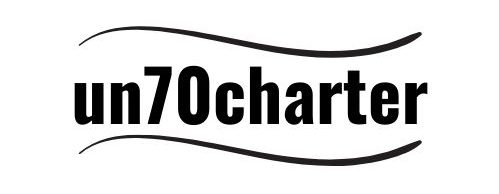The price of zinc oxide (ZNO) is a dynamic figure, subject to a variety of interconnected factors in the global marketplace. Understanding these influences is crucial for businesses and individuals involved in industries that utilize this versatile compound. This article delves into the primary elements that contribute to the fluctuations observed in the ZNO price.
Raw Material Costs and Their Impact on ZNO Price
One of the most significant determinants of the ZNO price is the cost of its primary raw material: zinc. As a fundamental input, any shifts in the price of zinc directly translate to changes in the production cost of ZNO. Global zinc mine production, supply chain disruptions, and demand for zinc across various industries all play a role in shaping the raw material expenses, subsequently affecting the ZNO price.
The Role of Manufacturing Processes and Energy Costs
The production of high-quality ZNO involves specific manufacturing processes that require significant energy input. Variations in energy prices, particularly electricity and natural gas, can influence the overall cost of production. Furthermore, advancements in manufacturing technologies and the efficiency of these processes can also have an impact on the final ZNO price.
Like any commodity, the ZNO price is heavily influenced by the fundamental principles of supply and demand. Increased demand from key consuming sectors, such as rubber, ceramics, and pharmaceuticals, can exert upward pressure on prices. Conversely, an oversupply of ZNO or a slowdown in demand can lead to price decreases. Global economic conditions and industry-specific growth rates are key factors shaping this dynamic.
The ZNO price is a complex interplay of raw material costs, manufacturing expenses, supply and demand dynamics, and global geopolitical factors. By understanding these key drivers, stakeholders can gain valuable insights into the trends and potential future movements of the ZNO price in the market.




